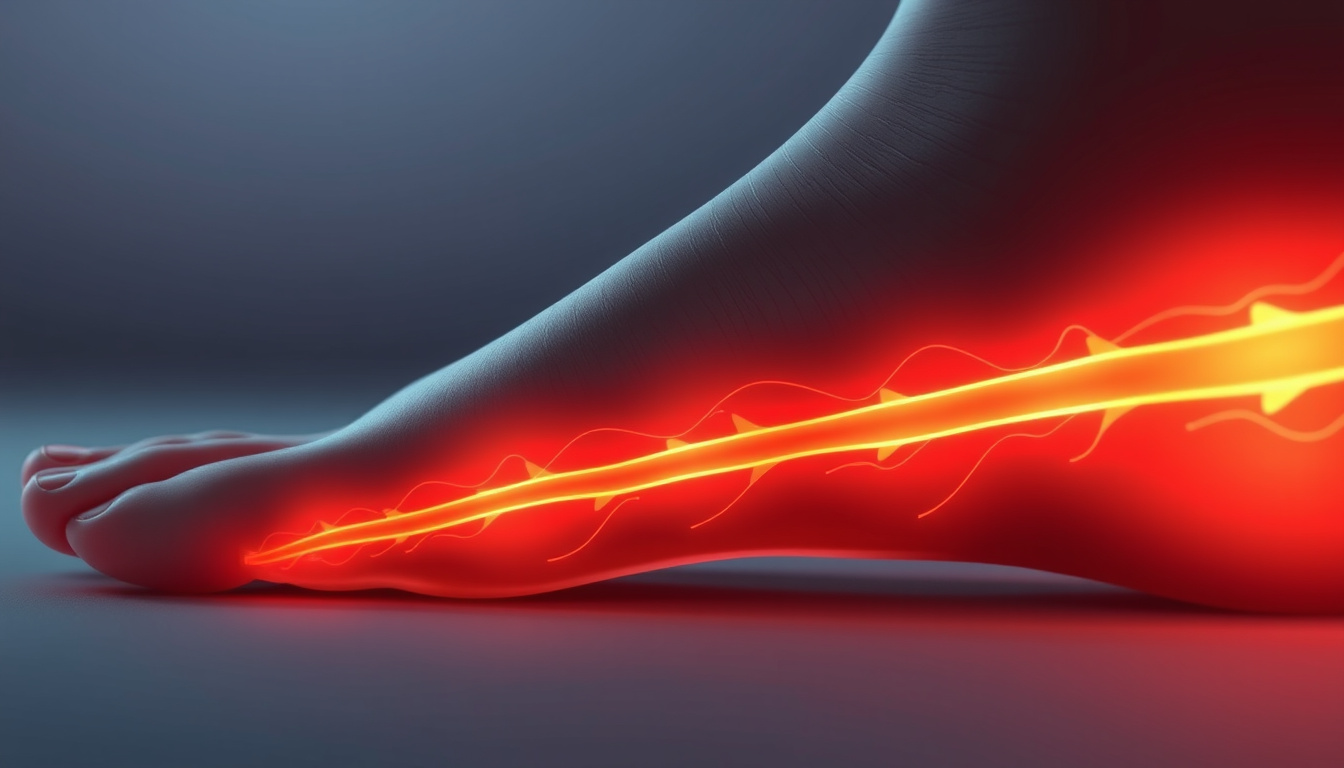Dealing with sciatic nerve pain can be a challenging experience, but the good news is that there are several strategies for effective sciatic nerve relief that you can implement right from the comfort of your home. Sciatica, characterized by pain radiating along the sciatic nerve from the lower back down to the legs, can significantly affect your daily life. Fortunately, understanding the right techniques and adopting consistent habits can help manage and even reduce this discomfort.
In this article, we’ll explore proven remedies and lifestyle changes that offer effective sciatic nerve relief at home, helping you regain comfort and mobility without immediately resorting to medication or invasive treatments.
Understanding Sciatica and Its Symptoms
Before diving into treatment options, it’s important to understand what sciatic nerve pain entails. Sciatica usually occurs when the sciatic nerve is compressed or irritated, often due to:
- Herniated or slipped disks
- Bone spurs
- Spinal stenosis
- Muscle inflammation or injury
Symptoms typically include:
- Sharp or burning pain radiating from the lower back to the buttocks and down the leg
- Numbness or tingling sensations
- Muscle weakness in the leg or foot
Recognizing these symptoms early and addressing them promptly can prevent the pain from worsening.
1. Apply Cold and Heat Therapy
Alternating between cold and heat is a simple and effective technique to alleviate sciatic nerve pain at home.
- Cold packs: Applying an ice pack to the painful area for about 15-20 minutes helps reduce inflammation and numb the sharp pain.
- Heat therapy: After a few days, use a heating pad to relax tight muscles around the sciatic nerve and improve blood circulation.
Alternate between cold and heat every few hours, and make sure to wrap packs in a towel to prevent skin irritation.
2. Practice Gentle Stretching Exercises
Regular gentle stretching is essential for sciatic nerve relief. Stretching helps reduce nerve root compression and improves flexibility. Some beneficial stretches include:
- Piriformis stretch: Since the piriformis muscle is near the sciatic nerve, stretching it can relieve pressure. Lie on your back and cross one leg over the other, pulling the knee towards the opposite shoulder.
- Hamstring stretch: Tight hamstrings can exacerbate sciatic pain. Sit on the floor with your legs extended and gently reach towards your toes without bouncing.
- Knee-to-chest stretch: Lie on your back and pull one knee toward your chest, holding for 20-30 seconds.
Consistency is key—gentle stretching done daily can deliver long-lasting relief.
3. Maintain Proper Posture and Ergonomics
Poor posture increases pressure on the lower spine and sciatic nerve. Creating an ergonomic environment at home or work can significantly reduce symptoms.
Consider these habits:
- Sit with your back straight and shoulders relaxed, with feet flat on the floor.
- Use a lumbar support pillow when sitting for extended periods.
- Avoid crossing your legs or sitting on wallets.
- Take regular breaks to stand and walk every 30-60 minutes.
These small changes help prevent further irritation of the sciatic nerve.
4. Engage in Low-Impact Aerobic Exercises
Low-impact aerobic activities promote endorphin release, which acts as a natural painkiller, and improve overall spine mobility.
Good options include:
- Walking
- Swimming
- Stationary cycling
Aerobic exercise improves blood flow and can decrease sciatic nerve pain over time. Aim for at least 20-30 minutes most days of the week but avoid activities that cause pain flare-ups.

5. Use Over-the-Counter Pain Relief Wisely
Non-prescription anti-inflammatory medications such as ibuprofen or naproxen can help reduce swelling around the sciatic nerve. However, these should be used carefully and only as a short-term solution.
If pain persists or worsens, it’s important to consult with a healthcare professional for a tailored treatment plan.
6. Try Mindfulness and Relaxation Techniques
Stress often worsens chronic pain, including sciatic nerve discomfort. Mindfulness meditation, deep breathing exercises, or gentle yoga can help reduce muscle tension and promote relaxation.
Focusing the mind away from pain signals supports better pain management and enhances your overall well-being.
Quick Guide: Top Strategies for Sciatic Nerve Relief at Home
- Apply cold packs for inflammation, followed by heat to relax muscles
- Perform gentle stretching exercises daily (piriformis, hamstring, knee-to-chest)
- Maintain good posture and ergonomic seating habits
- Engage in regular low-impact aerobic exercise
- Use over-the-counter anti-inflammatory medications if necessary
- Practice mindfulness and relaxation techniques to manage pain
Frequently Asked Questions About Sciatic Nerve Relief
Q1: How soon can I expect to feel sciatic nerve relief at home?
A1: Relief timelines vary depending on the cause and severity of the pain. Many people experience improvement within a week or two with consistent home treatments and proper care.
Q2: Can exercises worsen sciatic nerve pain?
A2: Yes, inappropriate or high-impact exercises can aggravate sciatic nerve pain. It’s important to stick to gentle stretches and low-impact activities recommended for sciatica.
Q3: When should I see a doctor for sciatic nerve pain?
A3: Seek medical advice if you experience severe pain lasting more than a week, significant weakness or numbness in your leg, or loss of bladder or bowel control.
Authoritative Insight
According to the Mayo Clinic, conservative treatments such as physical therapy, exercise, and pain relief medications are the first line of defense for managing sciatica effectively at home (“Sciatica,” Mayo Clinic). Their guidance supports the incorporation of multiple strategies combined with professional input if necessary, reinforcing the importance of a multifaceted approach.
Taking Control of Your Sciatic Nerve Pain Today
Living with sciatic nerve pain can be frustrating, but you don’t have to suffer in silence. By implementing these top strategies for effective sciatic nerve relief at home, you can take active steps toward reducing pain and reclaiming your daily routine. Begin with simple cold and heat therapy, commit to gentle stretching, maintain good posture, and incorporate light exercise. Don’t overlook the power of mindfulness to complement physical treatments.
If your pain persists or intensifies, consult a healthcare professional to explore further options tailored to your individual needs.
Your journey to sciatic nerve relief starts with this first step—take action today, and move toward a pain-free tomorrow!






